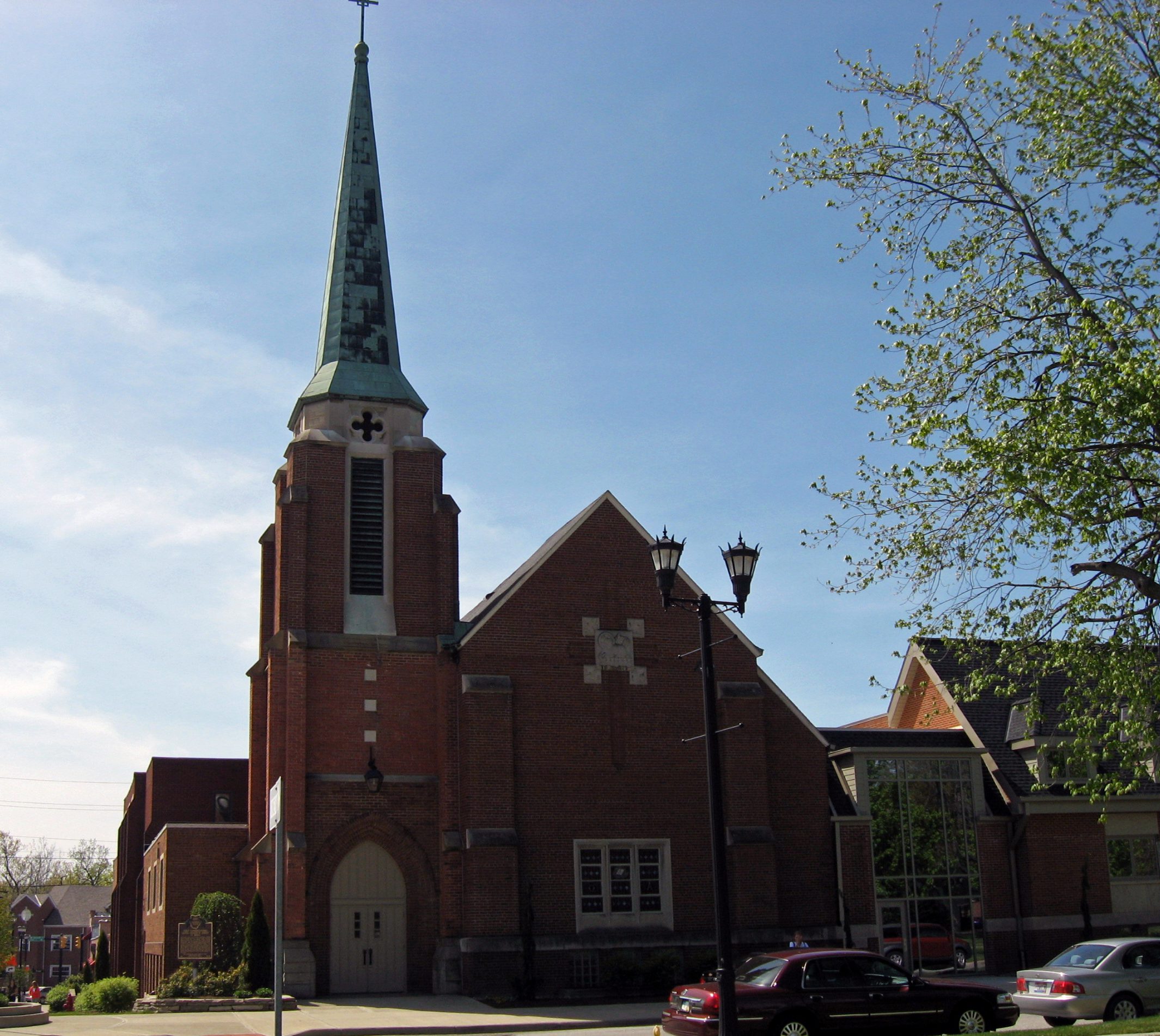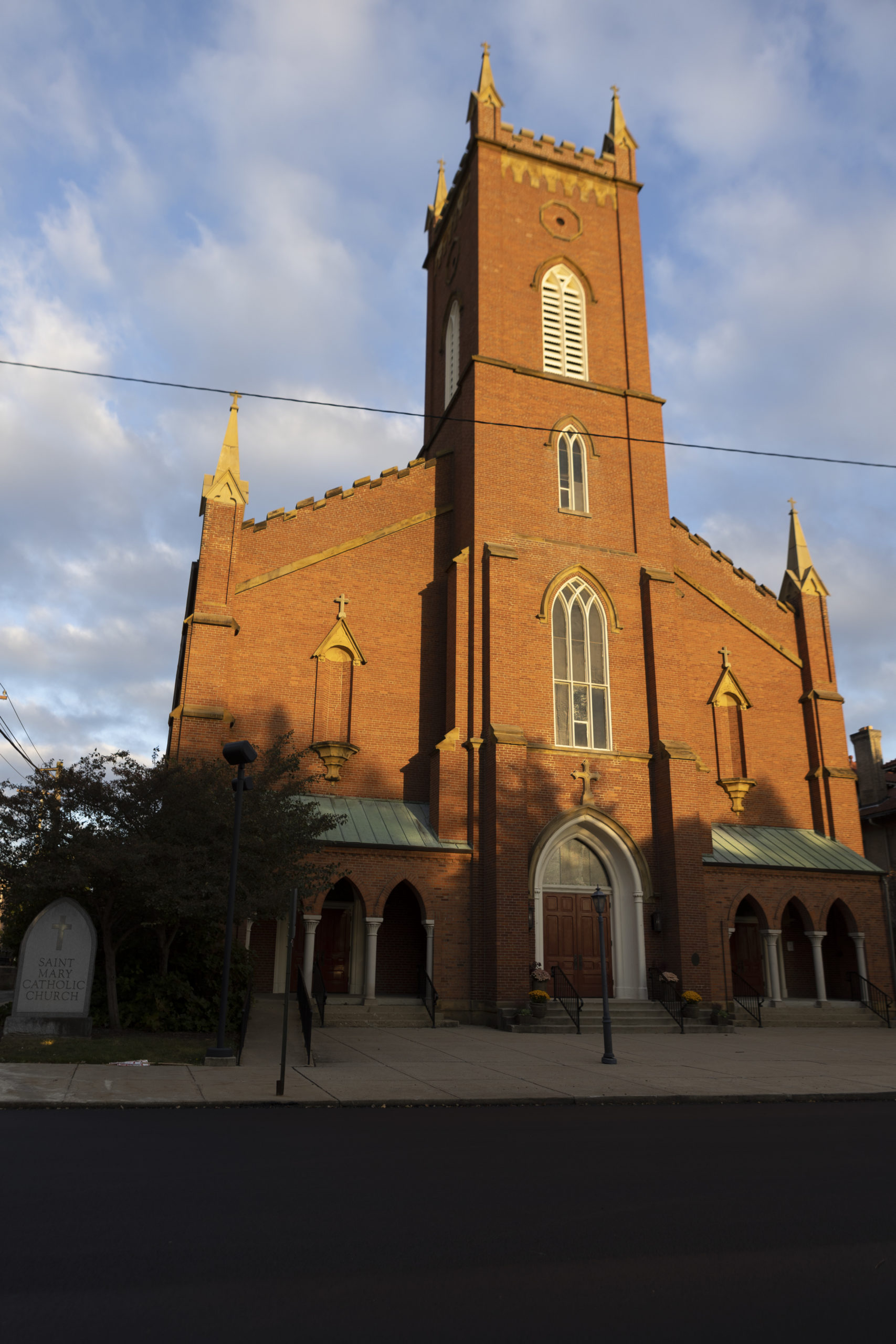Uncovering Belief: Churches in Lancaster Ohio
Discover the Rich History and Tranquility of Churches in Lancaster Ohio
Nestled within the serene landscapes of Lancaster, Ohio, lies a tapestry of churches that not only serve as places of worship but likewise stand as silent witnesses to the abundant history and architectural wonders of the area. As we explore the midsts of Lancaster's church history, we reveal tales of durability, belief, and the long-lasting heritage that continues to shape the present-day landscape.
Historic Advancement of Lancaster Churches
Evolved from simple beginnings, the churches in Lancaster, Ohio have an abundant historical development that reflects the neighborhood's strong spiritual heritage. The very early churches in Lancaster were basic frameworks, commonly wood buildings where settlers gathered to worship and construct their community. As the town grew, so did the churches, with several parishes broadening and creating even more sophisticated erections to accommodate their members.
Throughout the years, the churches in Lancaster have played a significant function fit the town's social and social landscape. They have been centers of not just worship however also area events, education, and support throughout times of challenge. A number of the churches in Lancaster have actually stood for generations, experiencing the town's advancement from a little negotiation to a successful community.

Architectural Marvels in Lancaster Ohio
Numerous striking architectural marvels poise the landscape of Lancaster, Ohio, showcasing detailed layouts and historical significance. One such wonder is the Georgian-style Fairfield Court, constructed in 1871. Its excellent white facade, grand columns, and clock tower make it a famous landmark in the city. The Sherman Residence Museum, a Victorian estate integrated in 1823, is another architectural gem. With its luxuriant detailing, wrap-around deck, and historic exhibitions, it supplies visitors a glimpse into Lancaster's past - churches in lancaster ohio.
The Attractive Arts Facility of Ohio, housed in a restored 1835 Greek Resurgence estate, is a work of art of building preservation. Its sophisticated proportion, tall columns, and complex moldings exhibit the craftsmanship of the age. In addition, the Martens Building, a historical industrial structure going back to 1871, flaunts a blend of Italianate and Victorian building styles, adding to the city's building variety.
These building wonders not just improve the visual allure of Lancaster yet likewise act as important links to its rich history and social heritage.
Spiritual Tranquility Amidst Lancaster's Churches
Among the building marvels that elegance Lancaster, Ohio, the churches in the city provide a peaceful spiritual shelter for citizens and site visitors alike. These sacred locations of worship not just stand as signs of confidence yet also offer as places of tranquility in the bustling city. Entering the churches in Lancaster, such as the historic St. Mary of the Presumption Church or the sophisticated Very first United Methodist Church, visitors are wrapped up in a feeling of tranquility and contemplation.
The spiritual serenity located within Lancaster's churches offers a minute of break from the needs of every day life, inviting people to reflect, meditate, and find relief in their belief. churches in lancaster ohio. Whether one looks for a silent location for individual petition or a neighborhood to share in worship, the churches in Lancaster deal with a varied series of spiritual requirements
In a globe full of noise and diversions, the churches in Lancaster, Ohio, stand as beacons of calmness and representation, supplying a space where people can get in touch with their psyches and find official source spiritual renewal.
Area Impact of Lancaster Churches
Lancaster churches play an essential role in shaping and enriching the neighborhood community with their different outreach programs and services. These churches function as pillars of support, providing aid to those in need and promoting a feeling of belonging among homeowners - churches in lancaster ohio. With initiatives such as food drives, garments contributions, and shelter stipulations, Lancaster churches actively attend to concerns of hardship and being homeless within the community
Additionally, Lancaster churches regularly arrange neighborhood events and events that advertise unity and check it out togetherness. These events offer opportunities for individuals from all profession to find with each other, share experiences, and construct long-term connections. By promoting a sense of neighborhood spirit, Lancaster churches add to the overall health of the citizens and create a helpful setting for all.
Heritage Conservation Efforts in Lancaster
Having actually developed themselves as indispensable columns of the area, the churches in Lancaster, Ohio, have actually been actively taken part in maintaining the abundant heritage of the area via committed efforts and campaigns. These heritage preservation ventures are vital in preserving the historic relevance and architectural appeal of the churches for future generations.

In addition, area outreach programs organized by the churches play a crucial function in heritage preservation. These programs not only educate the public regarding the historical value of the churches but additionally involve Resources volunteers in conservation tasks such as historical research study, artifact conservation, and led historic tours. By involving the neighborhood in these efforts, the churches cultivate a sense of stewardship and collective obligation towards preserving Lancaster's rich heritage.
Conclusion
Finally, the churches in Lancaster, Ohio, are not just historic landmarks with building importance yet additionally offer as spiritual shelters for the area. Their influence goes past just religious services, as they play an important function in preserving the heritage and background of the location. With their rich background and serene atmosphere, the churches in Lancaster proceed to be an essential part of the neighborhood, showcasing the significance of confidence and custom.